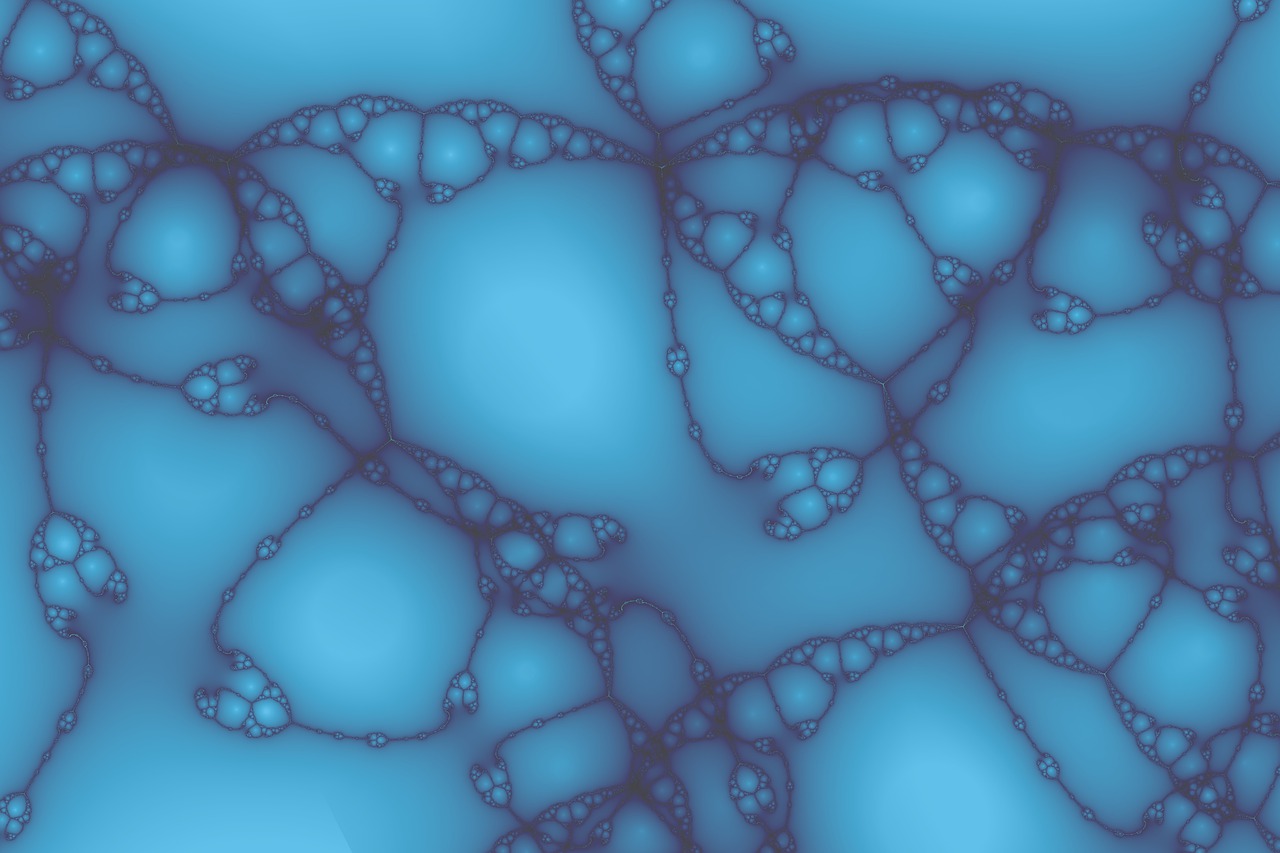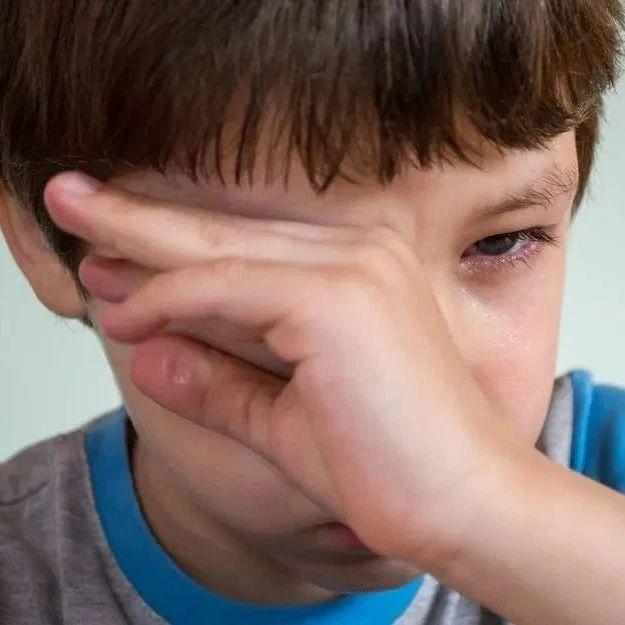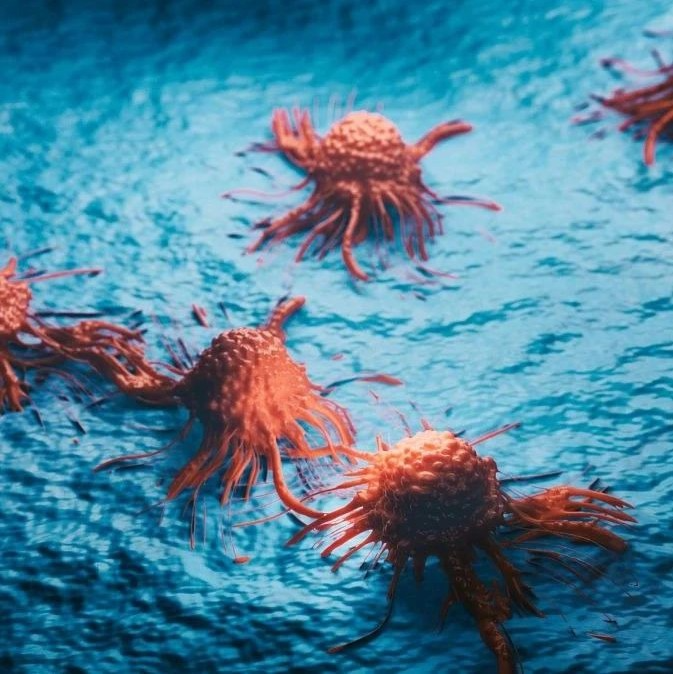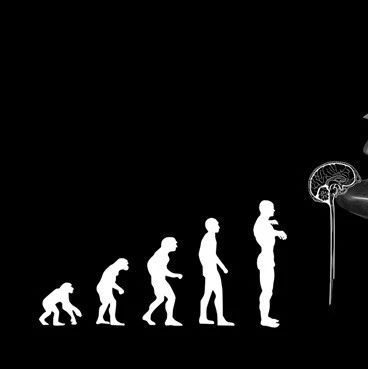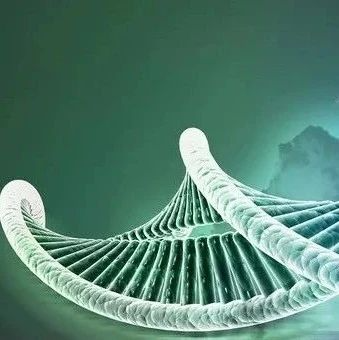不少女孩为追求“零尺寸”和“骨感美”而节食减肥。英国研究人员发现,过度减肥造成脂肪量减少,可能导致骨骼强度下降,增加骨折风险。
这项研究结果将刊载于《临床内分泌学与新陈代谢杂志》月刊。
减肥伤骨
英国布利斯托尔大学研究人员用仪器测量4000余名15岁青少年的骨骼形状、密度以及体内脂肪含量。
研究结果显示,脂肪含量较高的受试者骨骼更强壮。这种联系在女孩中“尤其明显”:女孩体内脂肪每增加5千克,小腿骨厚度增加8%。
研究人员说,同样体重下,女孩脂肪含量通常高于男孩,脂肪量对女孩骨骼发育的影响比男孩高70%。
韦尔科姆基金会医学研究委员会1991年至1992年招募1.4万名怀孕女性志愿者,跟踪研究她们和孩子的健康状况。这项研究也证实,女孩脂肪量对骨骼发展的影响比男孩大。
研究人员先前认为肌肉量与骨骼生长有关,但并未就脂肪量与骨骼发育的关系达成一致。
女孩压力
伦敦大学国王学院饮食失调研究部门最新研究显示,“零尺寸”模特和明星频繁露面,导致社会上饮食失调病例上升。医生曾警告,一些超级模特减肥过度,不仅危害自身健康和生育能力,还成为女孩的“坏榜样”。
英国《每日邮报》6日援引布利斯托尔大学研究项目负责人乔恩托拜厄斯的话报道:“女孩希望变瘦,压力很大。但她们要明白,这可能危及骨骼发育,使骨质疏松风险增加。”
女性患骨质疏松和髋部骨折的机率是男性的3倍,因此,女性更应在年轻时强健骨骼。一些研究发现,女孩的钙与维他命D平均摄入量比建议量少20%,平均运动量也少于建议量,因此无法让骨骼强度达到最佳水平。
运动建议
一些人希望通过运动来减肥,托拜厄斯为他们提出建议。
“不少人认为,运动可以同时减肥和强健骨骼,但这并不完全正确,”托拜厄斯说,“如果你只做步行等低冲击运动,当然会减肥,但它不能对骨骼形成足够压力,无法强健骨骼。”
他建议:“为抵消减肥对骨骼的副作用,需要做一些高冲击运动,如跑步和跳跃。”
推荐原始出处:
Journal of Clinical Endocrinology " Metabolism , doi:10.1210/jc.2009-1907
Fat Mass Exerts a Greater Effect on Cortical Bone Mass in Girls than Boys
Adrian Sayers and Jonathan H. Tobias*
Academic Rheumatology, Clinical Science at North Bristol, University of Bristol, Bristol BS10 5NB, United Kingdom
Context: It is unclear whether fat mass (FM) and lean mass (LM) differ in the way they influence cortical bone development in boys and girls.
Objective: The aim of the study was to investigate the contributions of total body FM and LM to parameters related to cortical bone mass and geometry.
Design/Setting: We conducted a longitudinal birth cohort study, the Avon Longitudinal Study of Parents and Children.
Participants: A total of 4005 boys and girls (mean age, 15.5 yr) participated in the study.
Outcome Measures: We measured cortical bone mass, cortical bone mineral content (BMCC), cortical bone mineral density, periosteal circumference (PC), and endosteal circumference by tibial peripheral quantitative computed tomography.
Results: LM had a similar positive association with BMCC in boys and girls [regression coefficients with 95% confidence interval (CI); P for gender interactions: boys/girls, 0.952 (0.908, 0.997); P = 0.85]. However, the mechanisms by which LM influenced bone mass differed according to gender because LM was positively associated with PC more strongly in girls [boys, 0.579 (0.522, 0.635); girls, 0.799 (0.722, 0.875); P & 0.0001], but was only associated with cortical bone mineral density in boys [boys, 0.443 (0.382, 0.505); girls, 0.014 (-0.070, 0.097); P & 0.0001]. There was a stronger positive association between FM and BMCC in girls [boys, 0.227 (0.185, 0.269); girls, 0.355 (0.319, 0.392); P & 0.0001]. This reflected both a greater positive association of FM with PC in girls [boys, 0.213 (0.174, 0.253); girls, 0.312 (0.278, 0.347); P = 0.0002], and a stronger negative association with endosteal circumferencePC [boys, -0.059 (-0.096, 0.021); girls, -0.181 (-0.215, -0.146); P & 0.0001].
Conclusions: Whereas LM stimulates the accrual of cortical bone mass to a similar extent in boys and girls, FM is a stronger stimulus for accrual of cortical bone mass in girls, reflecting a greater tendency in females for FM to stimulate periosteal growth and suppress endosteal expansion.


